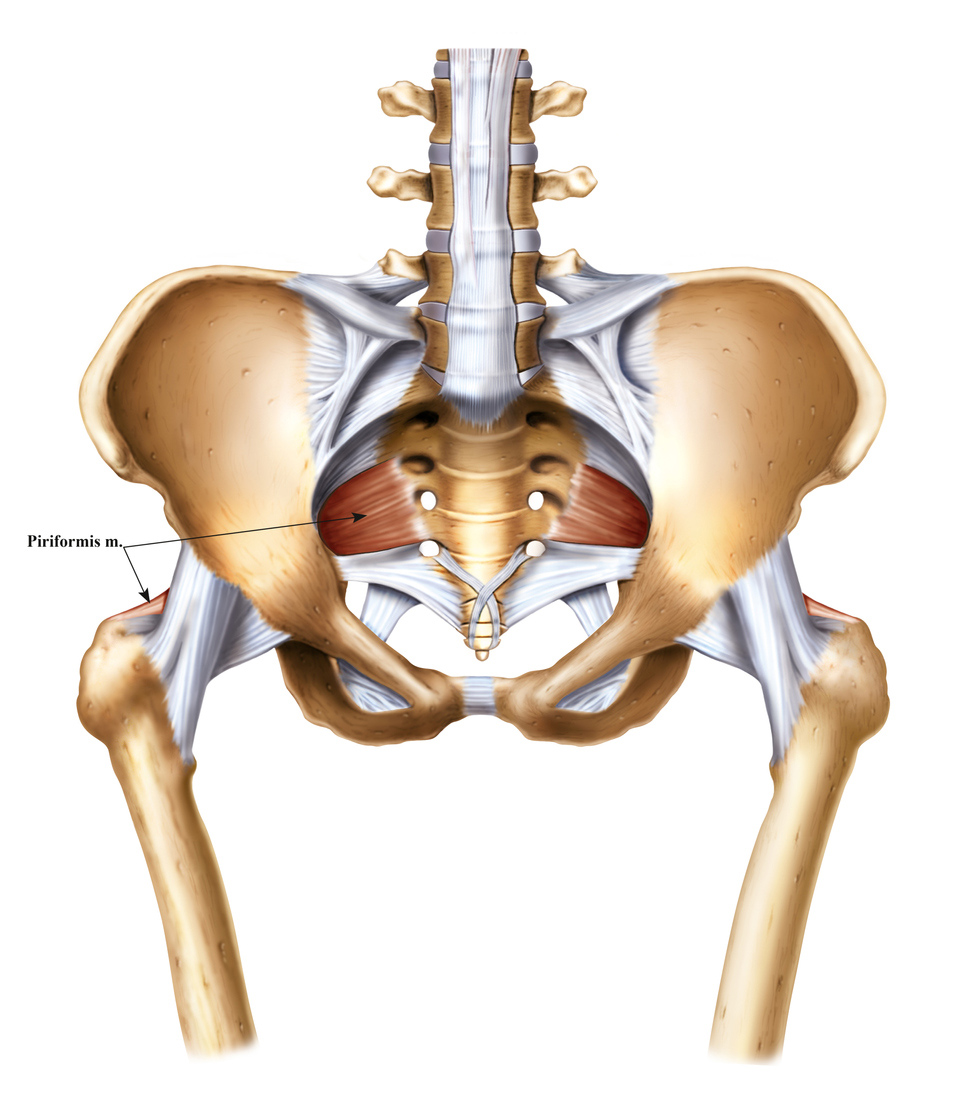By: Active Sports Therapy
Piriformis syndrome is a condition where the piriformis muscle, located in deep in the buttock, spasms and causes pain. The muscle starts at the lower spine and connects to the top portion of the femur. One other thing to note about the piriformis muscle is that it has great potential to irritate the sciatic nerve, causing numbness, tingling, and pain down the back of the leg right down into a person’s foot.
Causes of Piriformis Syndrome
While the exact cause is sometimes unknown, there are some usual suspects when it comes to identifying why one’s piriformis might begin to spasm and cause issues.
- Irritation of the muscle by a nearby structure such as a person’s hip, or their sacroiliac joint.
- Swelling of the piriformis muscle cause by injury or a considerable spasm.
- Tightening of the muscle for various reasons.
If you are suffering from Piriformis Syndrome, you may experience some or all of the symptoms below:
- Sciatica, which is characterized by pain down the back of the thigh, calf, and into the foot.
- Pain when walking up hill or upstairs.
- You may notice that your pain increases if you sit for long periods of time, go for a run or a long walk.
- Your hip might feel tight and lack its normal flexibility and range of motion.
Piriformis Stretches
There are a few key stretches that can help to stretch out and relax the piriformis muscle. In addition to these below, focus some time on also stretching your hamstrings and hip flexors.
- Lying on your back, place both feet on the floor with both knees bent. Pull one knee up to your chest grasping it with the opposite hand and pulling your knee gently toward the opposite shoulder. ie you’re pulling your right knee toward your left shoulder using the left hand. Alternate sides and work your way up to holding for 30 seconds. You might only be able to hold for 5-10 seconds at first, but aim to increase the count each day. It will get easier!
- For the next stretch, again lay on your back with both knees up. Cross your right leg over so that your right ankle rests on the left knee. Pull your left thigh toward your chest and hold for 30 seconds.
If you suspect you might have piriformis syndrome, it’s important to see your doctor or chiropractor to be properly assessed so that you can begin a course of treatment immediately. Treatments might include deep tissue massage, IMS, active release therapy, TENS, Shockwave Therapy, and physical therapy. Injections are sometimes prescribed as well when the issue is more severe.
Please get in touch here if you are looking for help. Our team will be happy to setup an appointment for you. The earlier you start treatment, the sooner you’ll see results!
*This blog is not intended to officially establish a physician-patient relationship, to replace the services of a trained physician, naturopathic doctor, physical therapist or chiropractor or otherwise to be a substitute for professional medical advice, diagnosis, or treatment.


